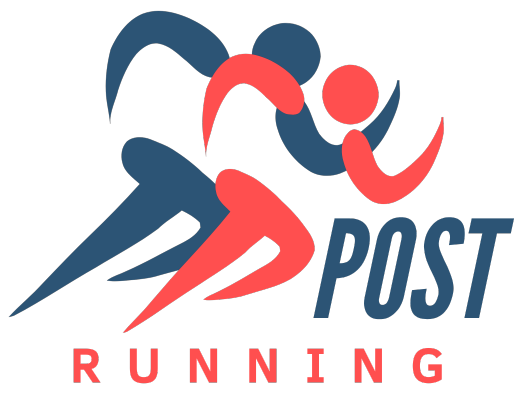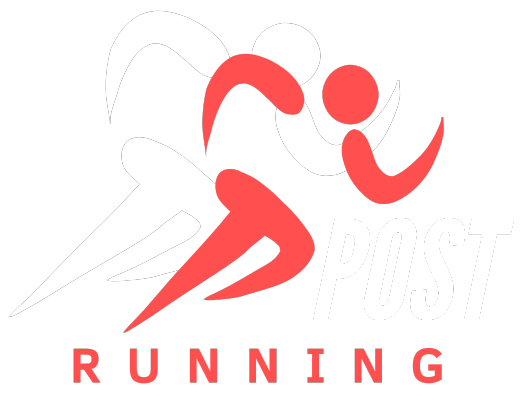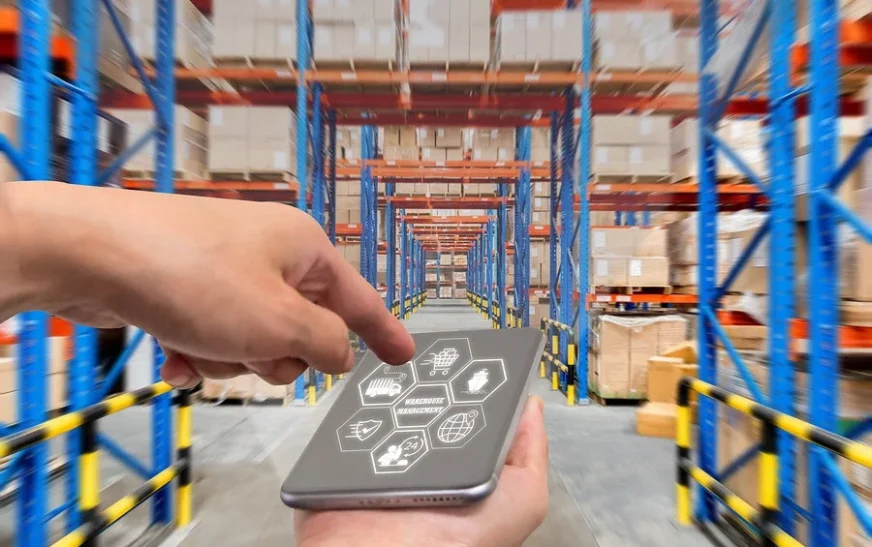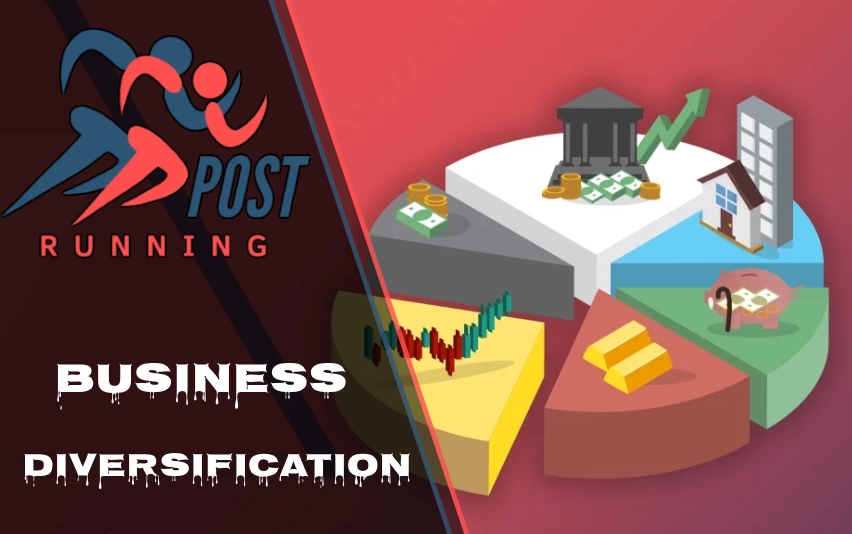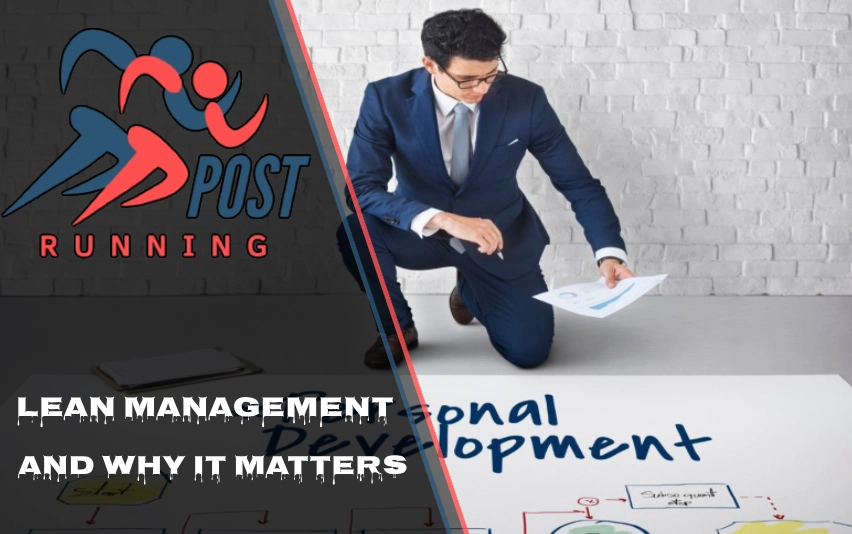In the fast-paced world of logistics, 3PL warehouse management software (WMS) has become indispensable for third-party logistics providers aiming to streamline operations, enhance customer satisfaction, and drive growth. As e-commerce continues to surge and supply chains grow more complex, businesses are increasingly turning to advanced 3PL WMS solutions to manage inventory, orders, and fulfillment seamlessly. This article dives deep into everything you need to know about 3PL warehouse management software, from its core features and benefits to the latest trends and implementation strategies. Whether you’re a logistics manager, business owner, or industry professional, understanding these systems can help you optimize your warehouse operations in 2025 and beyond.
What is 3PL Warehouse Management Software?
3PL warehouse management software is a specialized digital platform designed to handle the unique needs of third-party logistics providers. Unlike traditional WMS, which focuses on single-entity operations, 3PL WMS supports multi-client environments, enabling logistics companies to manage warehouses for multiple customers simultaneously. These systems automate key processes such as inventory tracking, order fulfillment, and billing, providing real-time visibility across the supply chain.
At its core, a 3PL WMS integrates with various tools like e-commerce platforms, transportation management systems (TMS), and enterprise resource planning (ERP) software. This integration ensures that 3PL providers can offer scalable services, from storing goods to picking, packing, and shipping. According to industry insights, 3PL WMS helps providers handle diverse client requirements, such as varying inventory levels and custom fulfillment rules, without compromising efficiency. In 2025, with global e-commerce projected to exceed $7 trillion, adopting a robust 3PL WMS is no longer optional—it’s essential for staying competitive.
The evolution of 3PL WMS has been driven by the rise of omnichannel retailing and the need for faster deliveries. Providers use these systems to track stock in real-time, reduce errors, and improve warehouse space utilization. For instance, cloud-based 3PL WMS platforms allow remote access and scalability, making them ideal for growing operations.
Key Features of 3PL WMS
Modern 3PL warehouse management software comes packed with features tailored to multi-client logistics. Here are some essential ones:
- Real-Time Inventory Tracking: This feature uses RFID, barcodes, and IoT sensors to provide accurate stock levels, preventing overstocking or stockouts. It supports multi-location management, crucial for 3PLs handling global clients.
- Order Management and Fulfillment: Automated picking, packing, and shipping workflows optimize routes and reduce processing times. Advanced systems include wave picking and zone-based organization for high-volume operations.
- Billing and Invoicing Automation: 3PL-specific billing modules calculate charges based on storage, handling, and value-added services, ensuring accurate per-client invoicing.
- Integration Capabilities: Seamless connectivity with e-commerce giants like Amazon, Shopify, and ERP systems like SAP ensures data flows without silos.
- Reporting and Analytics: Dashboards offer insights into key metrics like order accuracy (aiming for 99%+), turnover rates, and performance trends.
- Customer Portals: Clients can access real-time data on their inventory and orders, fostering transparency and trust.
Additional features like mobile apps for warehouse staff and AI-driven forecasting enhance usability. In 2025, look for systems with built-in sustainability tracking to monitor carbon footprints during operations.
Benefits of Implementing 3PL WMS
Implementing 3PL warehouse management software yields significant advantages, transforming logistics from a cost center to a revenue driver. One primary benefit is cost reduction—automation minimizes manual errors and labor costs, potentially saving up to 20-30% on operational expenses. For example, optimized inventory levels reduce holding costs, while efficient picking routes lower fuel and time expenditures.
Improved accuracy is another key gain. With real-time tracking, inventory discrepancies drop dramatically, leading to fewer returns and higher customer satisfaction. Studies show that 3PLs using WMS achieve 99.9% inventory accuracy, boosting order fulfillment speed by 25%.
Scalability stands out as a major plus. As client volumes grow, cloud-based 3PL WMS can expand without hefty infrastructure investments. This flexibility allows providers to onboard new clients quickly, often in days rather than months.
Enhanced visibility across the supply chain enables proactive decision-making. Providers can predict demand, manage peak seasons, and integrate with TMS for end-to-end tracking. Ultimately, these benefits lead to stronger client relationships and business growth—70% of 3PLs report increased order volumes post-implementation.
Top 3PL WMS Providers in 2025
Selecting the best 3PL warehouse management software involves evaluating top providers based on features, pricing, and user reviews. Here’s a roundup of leading options:
| Provider | Key Strengths | Pricing Model | Best For |
|---|---|---|---|
| Extensiv | Multi-channel integration, AI tools for forecasting | Subscription-based, scalable | Mid-market 3PLs with e-commerce focus |
| Logiwa | High-volume fulfillment, robotics integration | Tiered plans starting at $500/month | Large-scale operations with automation needs |
| Deposco | End-to-end platform, predictable pricing | Custom quotes | Growing 3PLs seeking all-in-one solutions |
| ShipHero | Mobile-friendly, real-time tracking | Starts at $1,995/month | E-commerce fulfillment specialists |
| Da Vinci Unified | Customizable modules, strong analytics | Enterprise-level pricing | Complex, multi-client environments |
These providers dominate in 2025 due to their cloud capabilities and user-centric designs. Gartner reviews highlight Extensiv and Logiwa for their innovation in AI-driven features.
Emerging Trends in 3PL WMS for 2025
The 3PL warehouse management software landscape is evolving rapidly. AI and machine learning are at the forefront, enabling predictive analytics for demand forecasting and automated labor planning. Robotics integration, such as autonomous mobile robots (AMRs), is becoming standard for picking and sorting, reducing human error in high-volume centers.
Sustainability is a growing trend, with WMS incorporating green features like optimized routing to cut emissions and waste tracking. Cloud adoption continues to rise, offering scalability and remote management—cloud-based systems are projected to hold 80% market share by 2025.
Other trends include ultra-fast deliveries via micro-fulfillment centers and direct-to-consumer (D2C) shipping. Blockchain for traceability and IoT for real-time monitoring are also gaining traction, addressing supply chain disruptions. As 3PLs prioritize customer-centricity, expect more personalized portals and omnichannel support.
Challenges in Implementing 3PL WMS and Solutions
Despite benefits, implementing 3PL warehouse management software presents challenges. Data accuracy issues during migration can disrupt operations—poor data quality affects 40% of implementations. Solution: Conduct thorough audits and use data cleansing tools pre-launch.
Integration with existing systems is another hurdle, especially for legacy setups. Custom APIs and vendor support can mitigate this. Rising costs and labor shortages complicate adoption; opt for scalable cloud solutions to control expenses.
Regulatory compliance and cybersecurity risks are emerging concerns. Choose providers with robust security features and regular updates. Training staff is key—invest in user-friendly interfaces and ongoing education to overcome resistance.
How to Choose the Right 3PL WMS
Choosing 3PL warehouse management software requires a strategic approach. Start by assessing your needs: Consider client volume, integration requirements, and scalability. Evaluate vendors on factors like multichannel support, onboarding speed, and cost transparency.
Request demos and check user reviews on platforms like Gartner or G2. Prioritize cloud-based options for flexibility. Budget-wise, factor in implementation and training costs. Finally, ensure strong customer support and future-proof features like AI readiness.
Implementation Best Practices
Successful 3PL WMS implementation begins with planning. Form a cross-functional team and set clear KPIs. Phase the rollout—start with core modules like inventory before adding advanced features.
Train employees thoroughly and integrate gradually to minimize downtime. Post-launch, monitor performance and gather feedback for optimizations. Regular updates ensure the system evolves with your business.
In conclusion, 3PL warehouse management software is a game-changer for logistics in 2025, offering tools to navigate complexity and drive efficiency. By understanding its features, benefits, and trends, you can select and implement a system that propels your operations forward. As the industry advances, staying informed will be key to sustained success.
